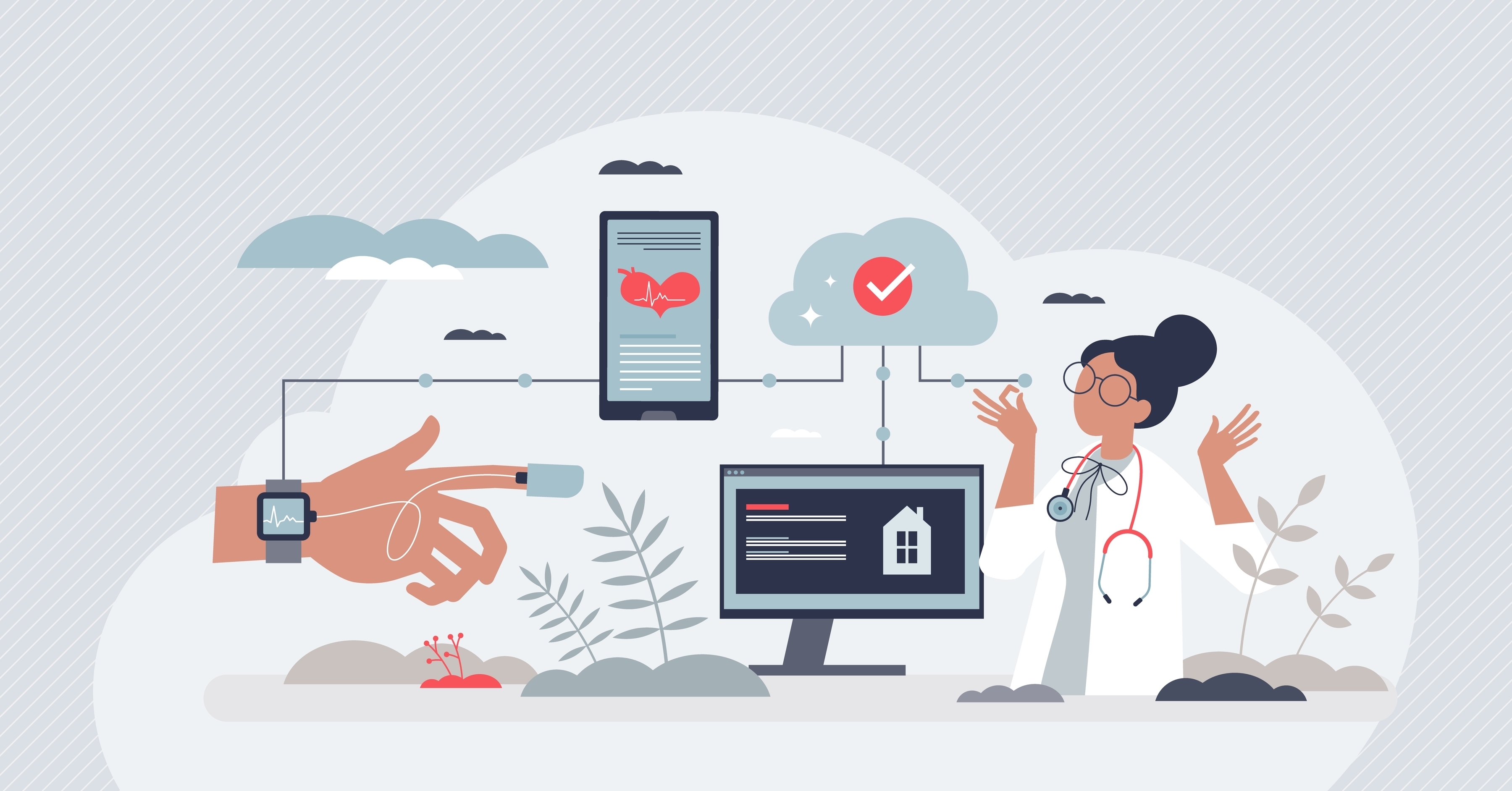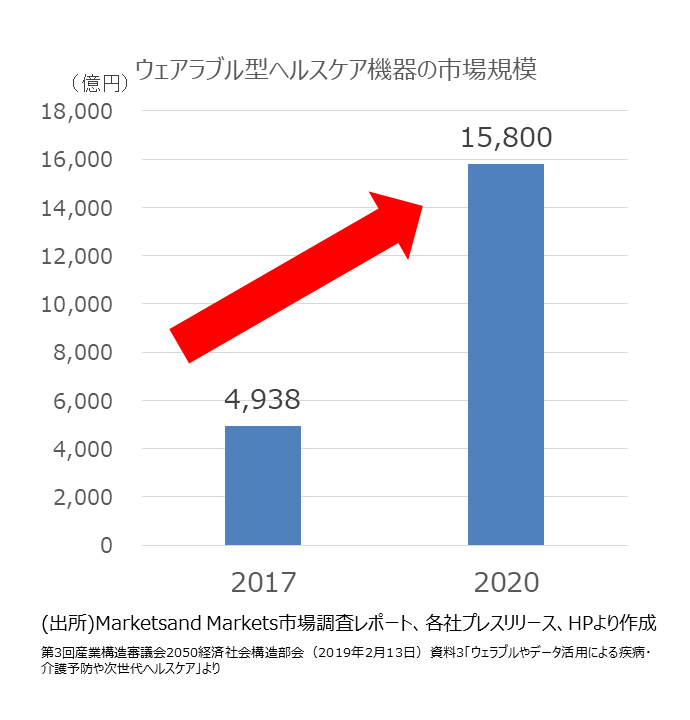
Release date: 2025.03.10
Wearable devices are becoming a tool for easy and efficient health management. The latest devices have the ability to monitor health conditions in real time, and have great potential in the fields of preventive medicine and individually optimized health management. In this third installment, we will summarize the basic functions of wearable devices in healthcare and their potential for evolution.
Typical wearable devices include smartwatches such as the Apple Watch and Fitbit. In addition to basic fitness functions such as pedometers and calorie calculations, some models also have heart rate monitoring, blood oxygen saturation measurements, and even electrocardiogram recording functions. They can also record daily sleep patterns and analyze the balance between light and deep sleep to help improve sleep quality. This data is visualized through a dedicated app, allowing users to objectively understand their own health condition.
For example, by continuously recording changes in heart rate, it is possible to evaluate the load and stress level during exercise and to detect arrhythmia early. Furthermore, the notification function of the device can be used to receive reminders to encourage moderate exercise when sitting for long periods of time. These functions naturally play a role in increasing health awareness in daily life.
The biggest appeal of wearable devices is that they can collect and analyze health data in real time. This allows users to immediately understand changes in their daily physical condition and take early action. For example, by recording exercise habits and identifying areas for improvement based on the results, users can create more effective training plans.
Furthermore, this data may be used in collaboration with medical institutions. Some insurance companies in the United States have begun to use smartwatch data in premium calculations, and have introduced mechanisms to provide incentives to people who lead healthy lifestyles. By sharing data collected by smartwatches with doctors on a regular basis with the patient's consent, it may be possible to use the data as supplementary information during medical examinations and to refer to diagnoses and treatment plans.
Sharing such data can be a great relief, especially for patients with chronic diseases. One example is the development of devices with continuous glucose monitoring capabilities for diabetics, which allows real-time blood glucose monitoring and helps regulate insulin injections and meal timing.
The spread of wearable devices has the potential to further advance preventive medicine. These devices have the power to suggest health management plans tailored to individual lifestyles and health conditions. For example, AI-equipped devices are being developed with the ability to automatically suggest optimal amounts of exercise and meals based on user data.
Furthermore, from the perspective of personalized medicine, the huge amount of data collected daily could contribute to the early detection of disease risks and extending healthy lifespans, helping elderly people live longer and more independently.
Analyzing the trends in the wearable market, steady growth has been observed, with the market size of medical healthcare devices in 2020 being approximately three times that of 2017. In the future, the evolution of wearable devices is expected to further improve the efficiency of health management. For example, in the future, more accurate biosensors may be developed, making it possible to monitor hormone levels and nutritional status in real time. In addition, if data sharing mechanisms are strengthened, large-scale research using personal health data will progress, leading to advances in medicine as a whole.

Wearable devices are not just convenient tools; they have the potential to revolutionize our lives and medicine. As they continue to evolve, they will likely play an increasingly important role as a new means of extending our healthy lifespan.
MEDIUS Group is developing a business centered on the sale of medical equipment. We (Medical + us) involved in medical care also want to play the role of an information source (Media) that delivers useful information for the medical field and people's healthy tomorrow.